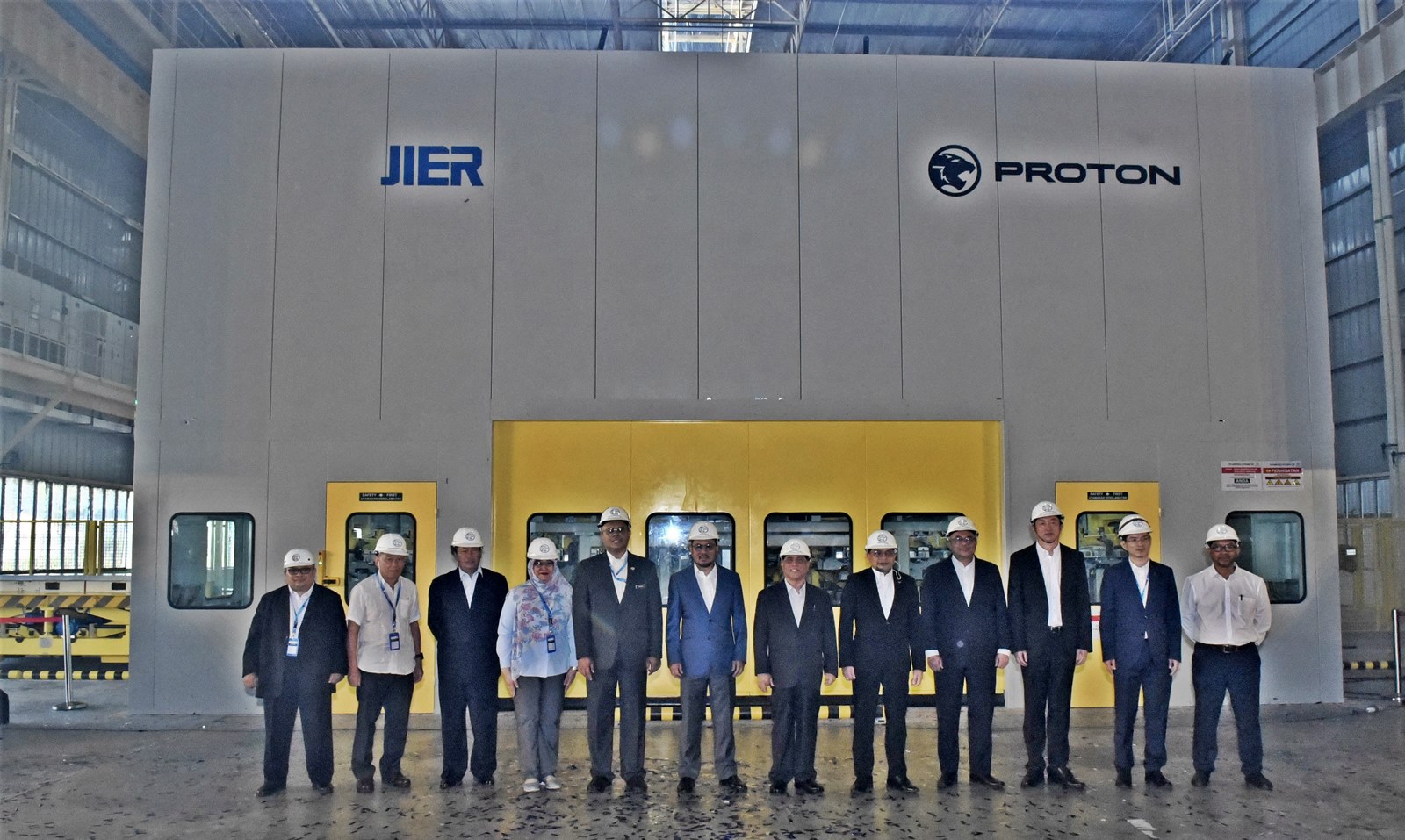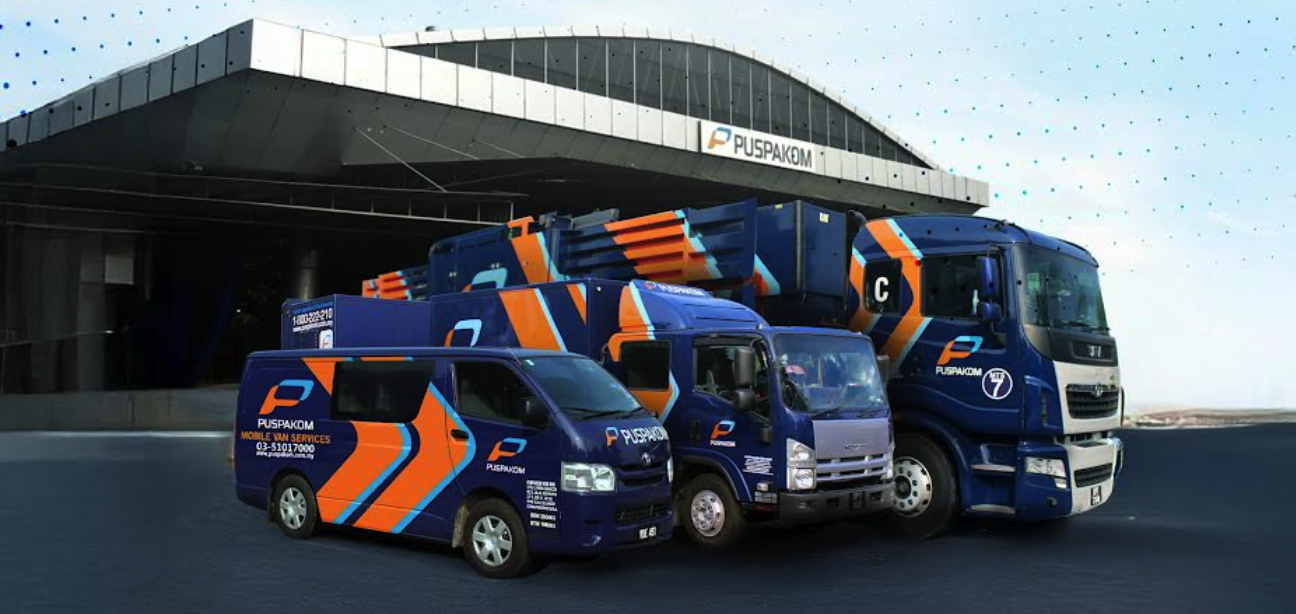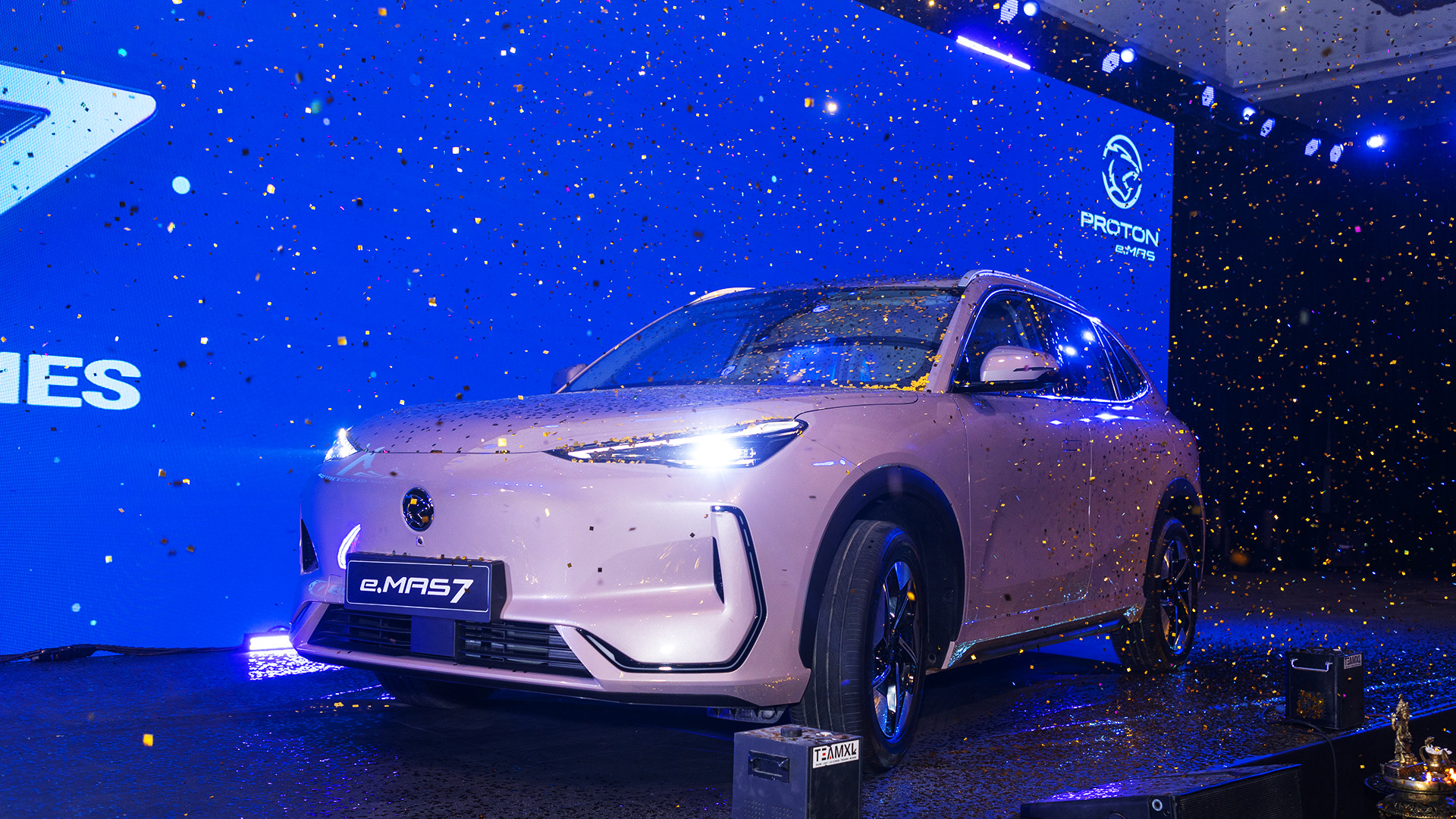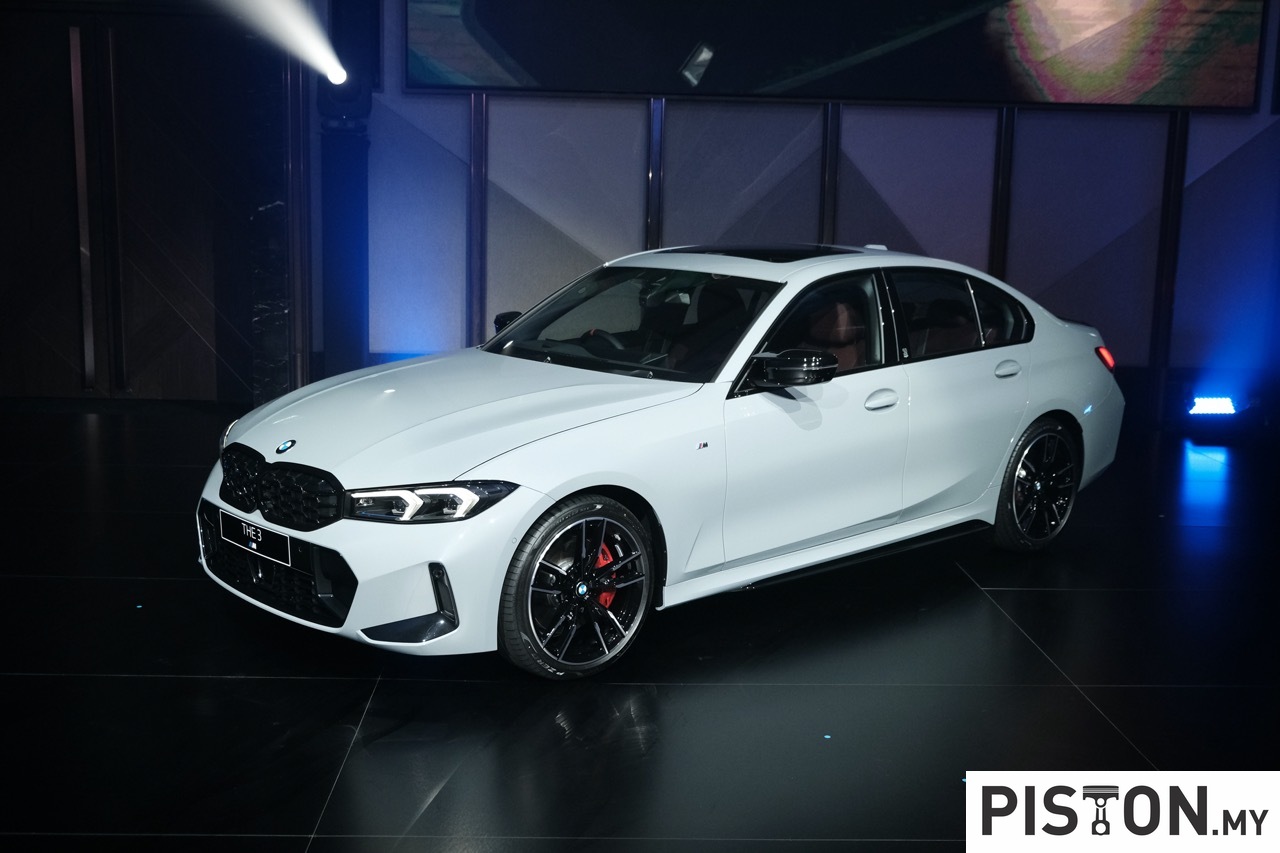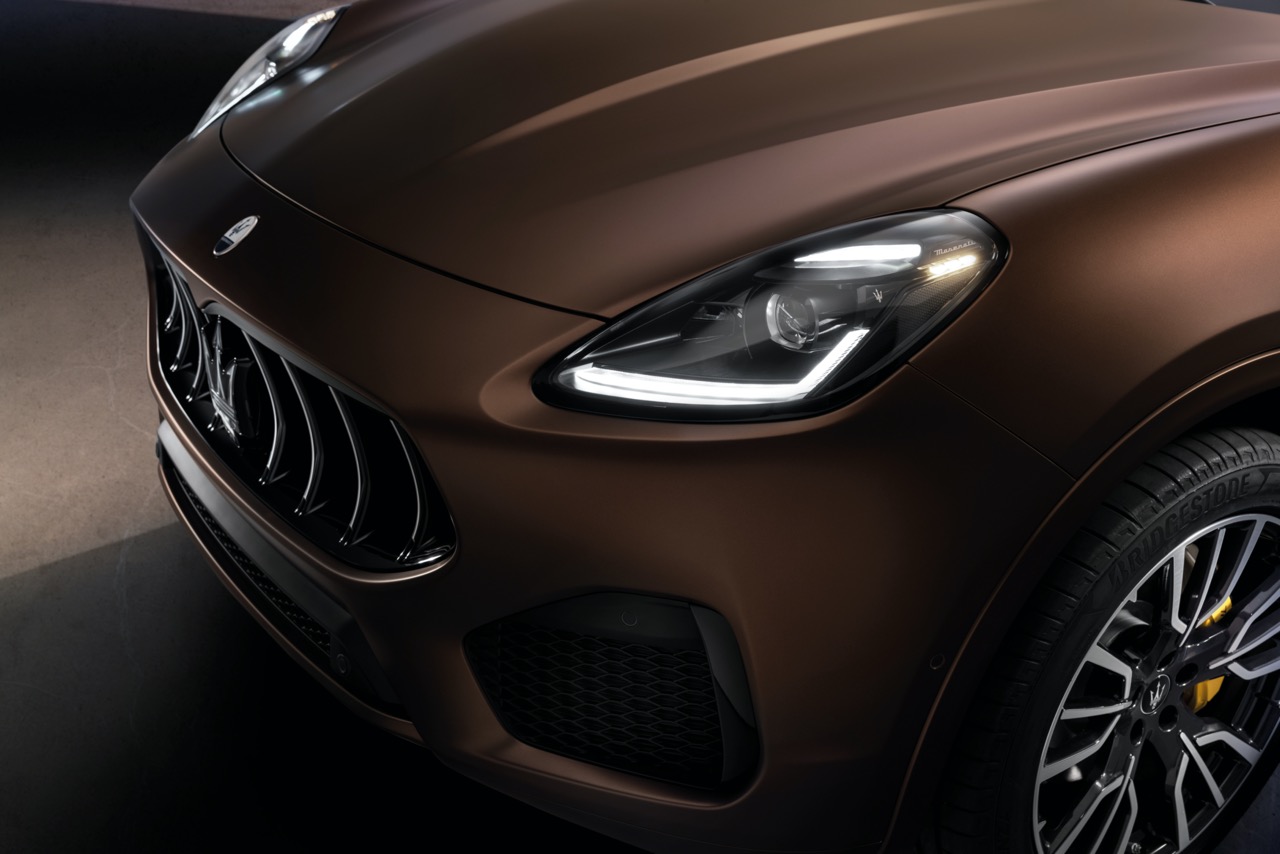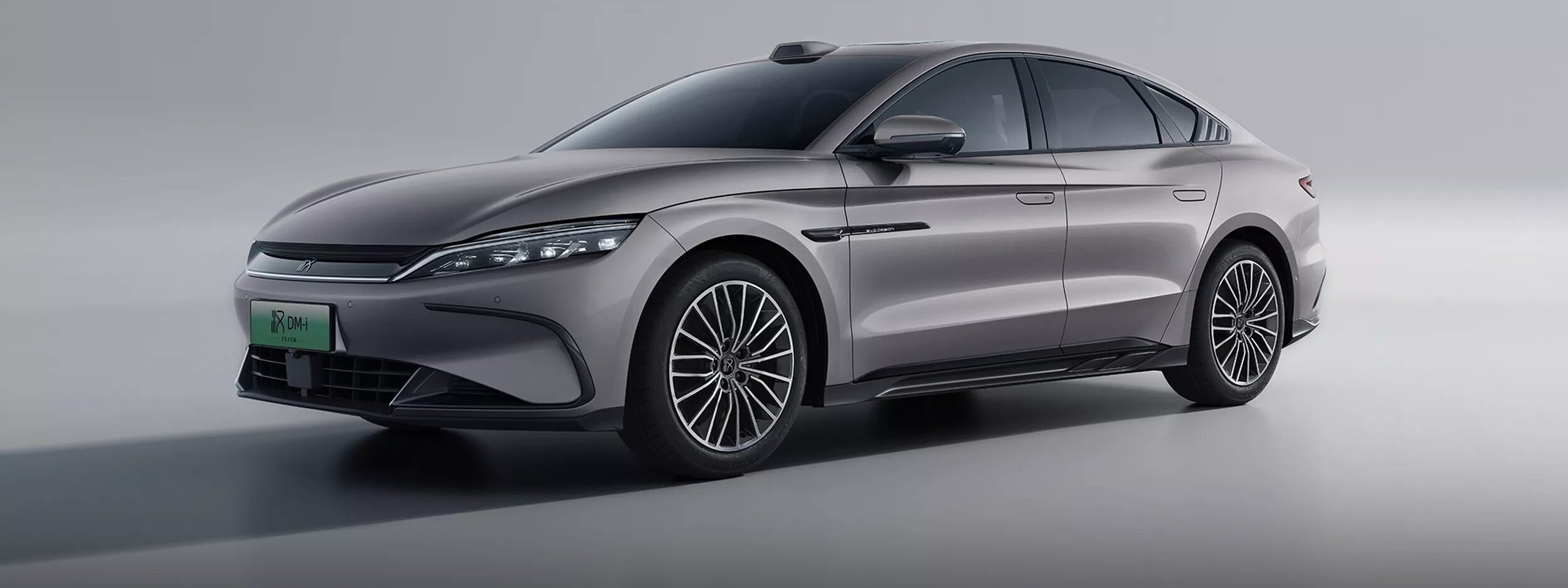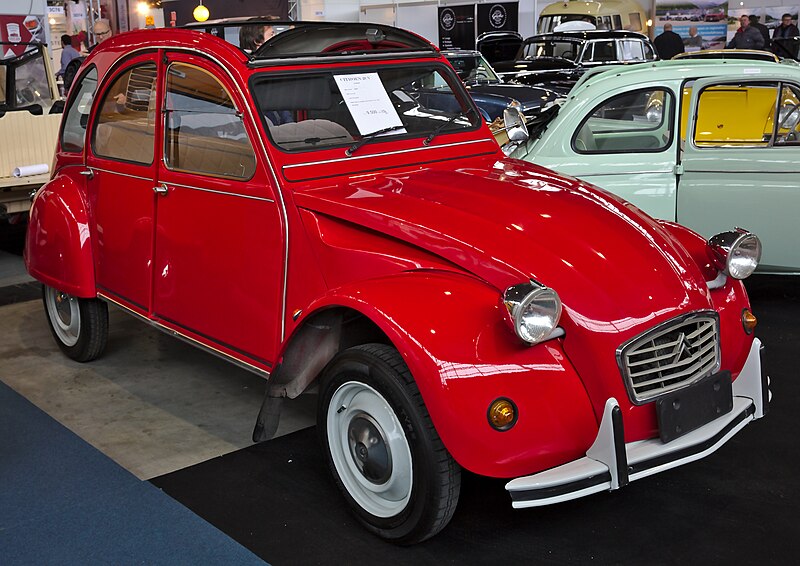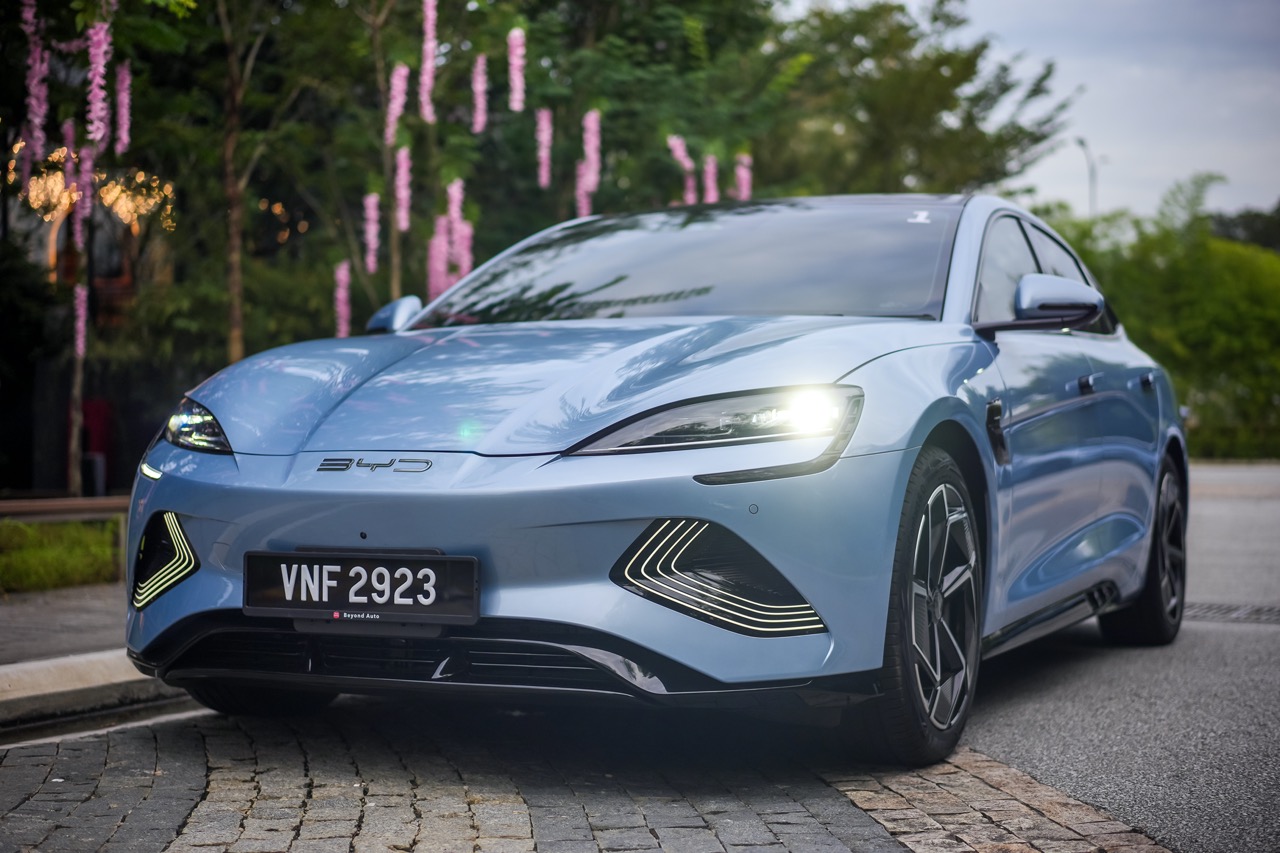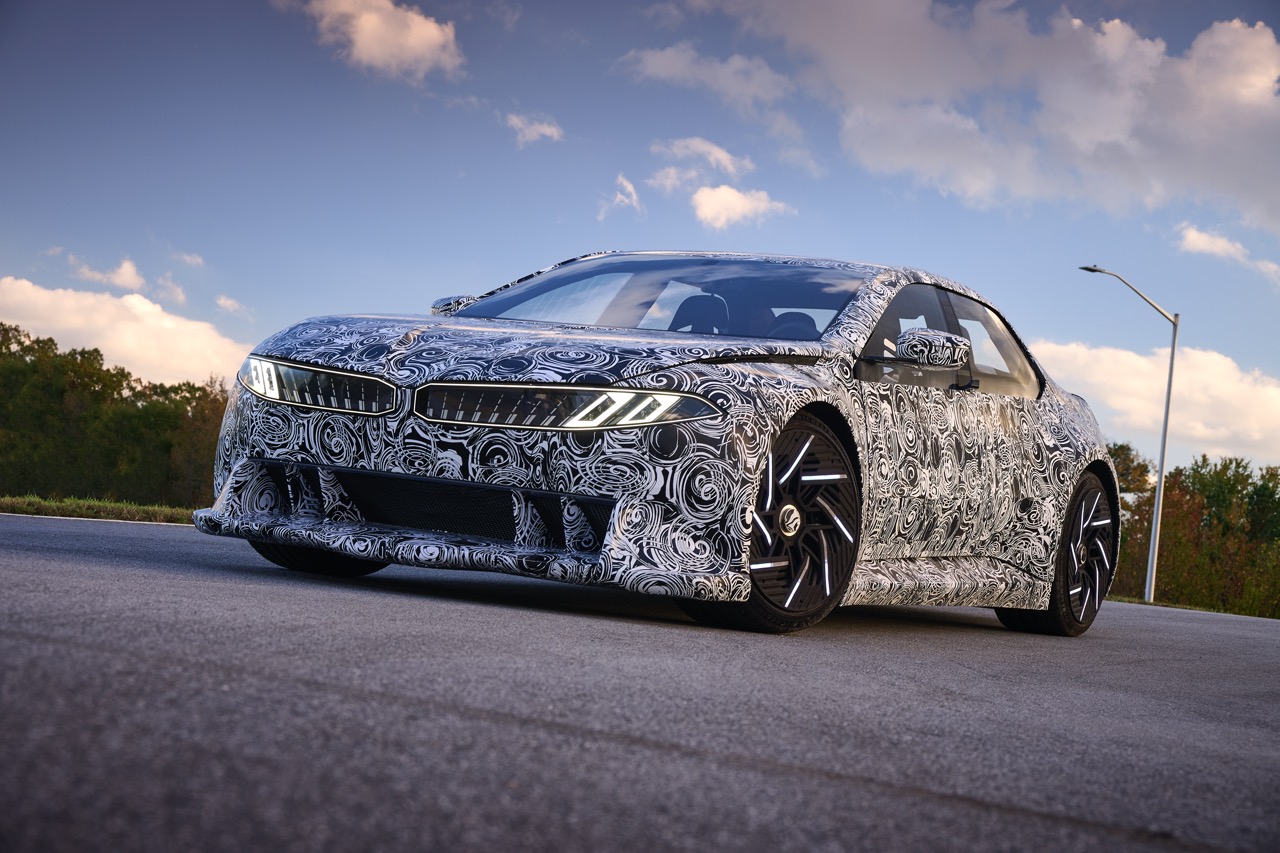When local production of motor vehicles in Malaysia started in 1967, the vehicles were assembled from parts imported from factories in other countries. The parts came in what are known as completely knocked-down (CKD) packs – just like a Tamiya scale model – and were assembled in the factory.
Some parts – like seatbelts, windscreen glass, tyres and wire harnesses – were supplied by local companies that were established but the larger parts like bodyshells and engines still came from overseas. It was not feasible in the early years to produce the body parts which required huge and expensive presses to stamp the steel panels. These required larger volumes than what the local car market had in the 1960s and 1970s.
When the Malaysian National Car project was started, the idea was to boost volume and with economies of scale, stamping of body panels could be done. This was one of the major investments Proton made in 1984 and it was the first company to make its own body panels for the Proton Saga.
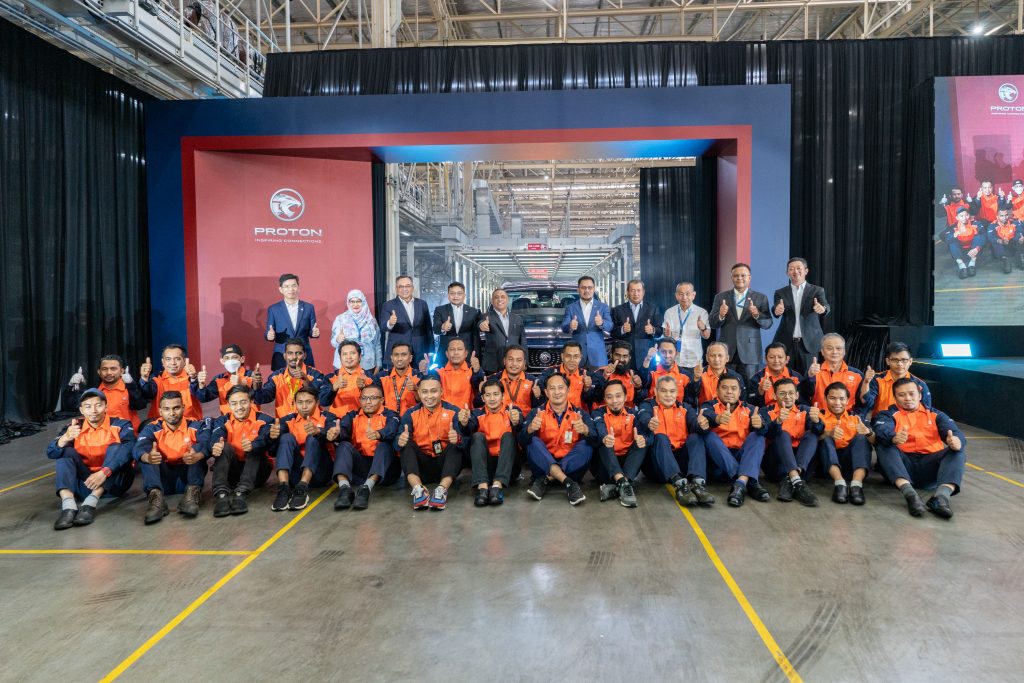
As the industry’s volume quickly grew, other companies too could start to carry out stamping, though on a smaller scale. Nevertheless, the ability to stamp body panels meant less reliance on overseas sourcing which was good for the economy.
Proton has continued to make investments to expand its manufacturing capability which now encompasses the entire car. When Geely became DRB-HICOM’s partner in Proton in 2017, major investments were made to renovate and upgrade the plant in Tanjung Malim, Perak. These included a new engine assembly line and a new stamping line which was officially opened today by the Menteri Besar of Perak, Datuk Seri Saarani Mohamad.
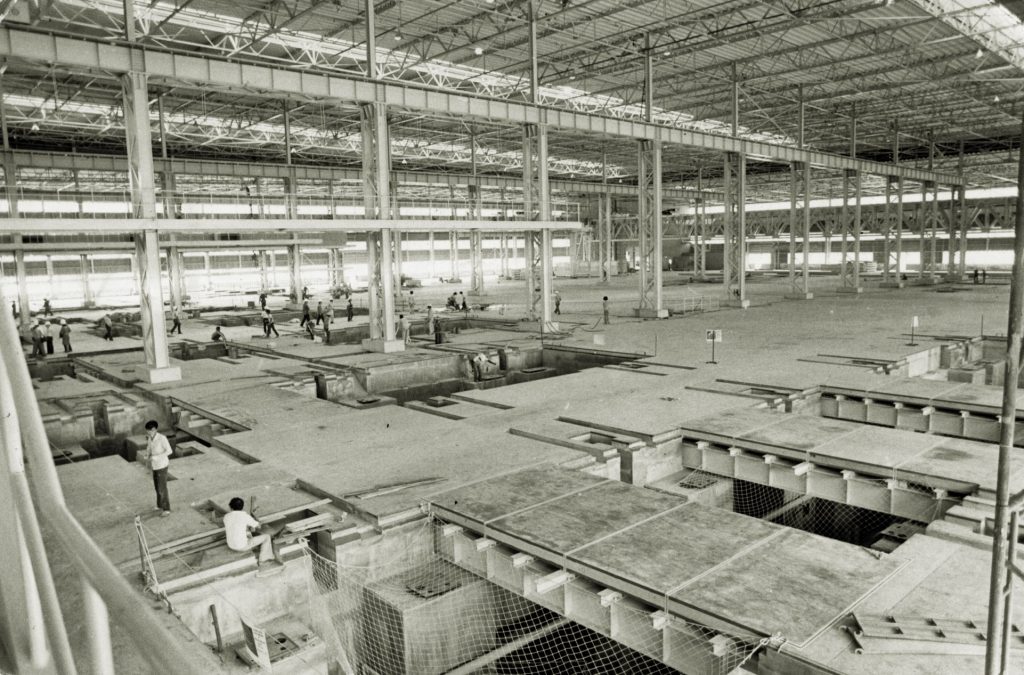
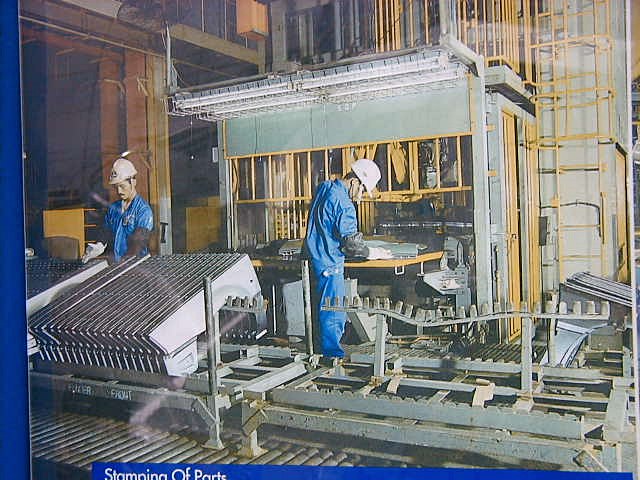
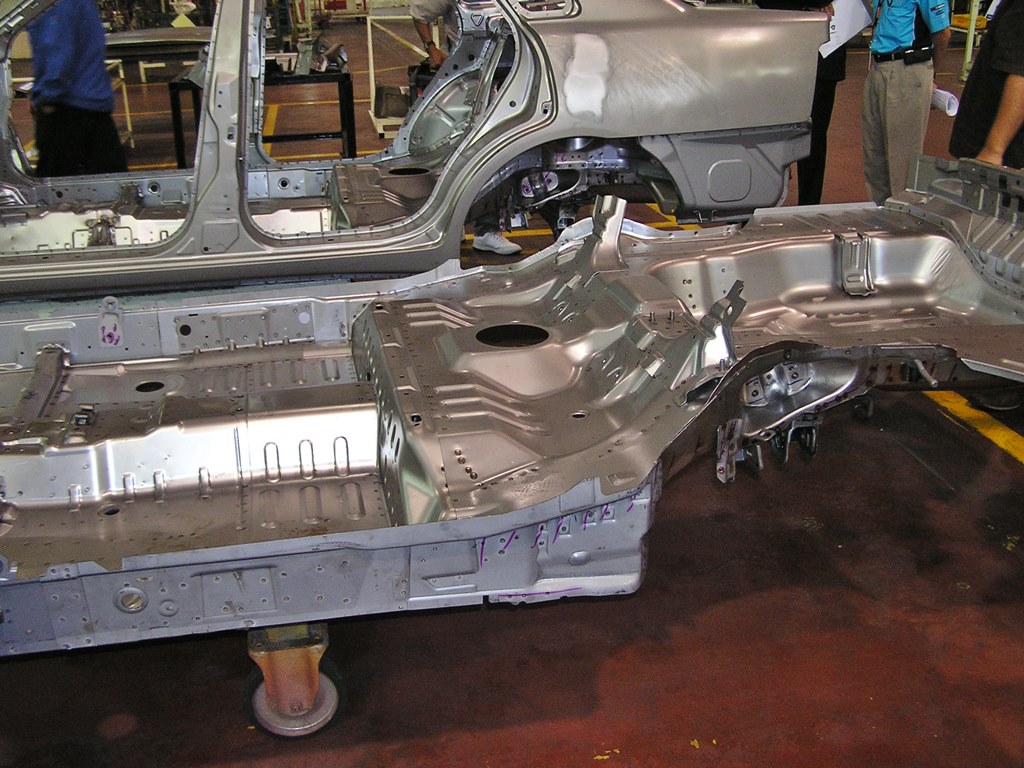
With machines that can stamp out parts using up to 2,500-tonnes of force and capable of producing 50 unique components, the new RM140 million stamping line is the largest in Malaysia and potentially reduces the company’s annual use of imported parts by 115,000 units.
Construction work for the new stamping line at the factory began in early April 2021 with machinery installation beginning in July 2022 and the work was completed last December. There are 5 stamping machines with a single machine capable of exerting 2,500-tonnes of force and 2 machines each with a pressing force of 1,200-tonnes and 1,000-tonnes, respectively.
The stamping line uses 6 robots to transfer parts between workstations and operates with IR 4.0 technology using real-time data and machine-learning to improve the quality of the parts produced.

The new line can produce up to 50 unique components, boosting local content for Proton’s SUV models as items such as body panels can now be produced at the factory. This carries an additional benefit of reducing the company’s reliance on imported parts, insulating it against any potential disruptions to global trade, and improving local parts supply.
“The launch of our new stamping line in Tanjung Malim is a major addition to Proton’s car production capabilities. As a national automotive brand, the increased use of locally sourced parts in our production activities is vital to the national automotive ecosystem and helps reduce the outflow of funds from the country,” said Roslan Abdullah, Deputy CEO of Proton.
“Aside from potentially reducing our use of imported parts by115,000 units per year, the stamping line also allows for greater flexibility when deciding our production mix every month and improves the speed by which we can locally produce new models,” he added.
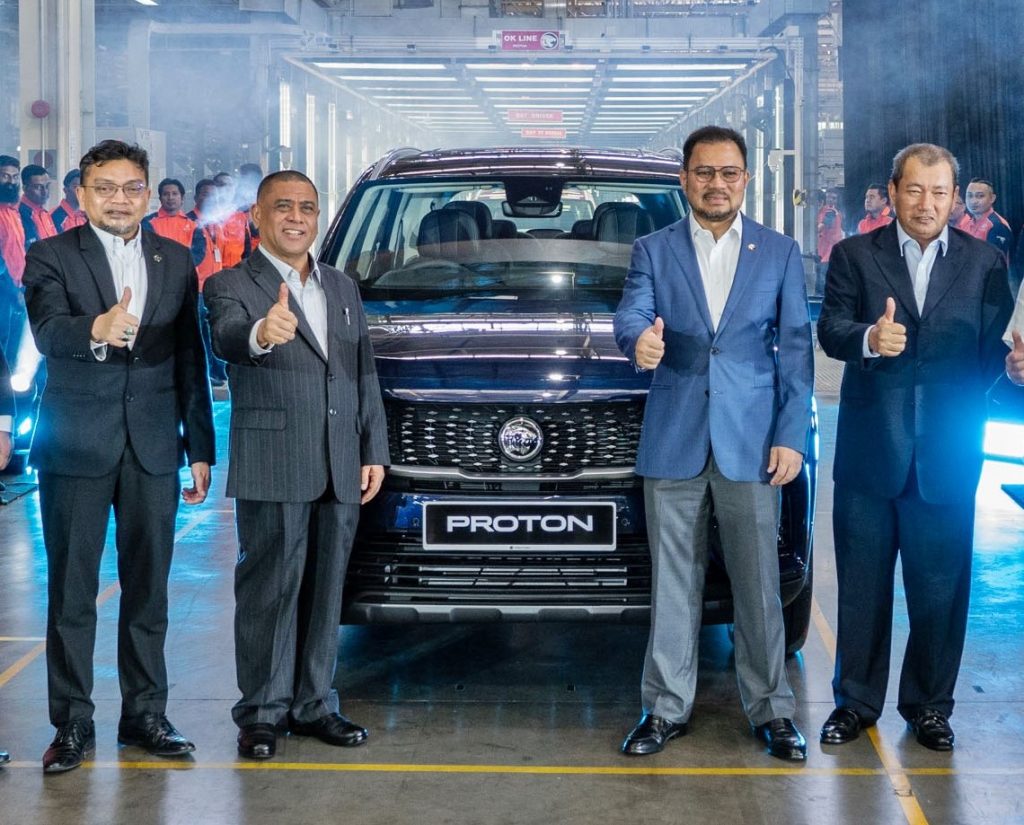
Following the opening of the stamping line, there was also a line-off ceremony to mark the completion of a new SUV model that joins the X50 and X70. It’s no secret that this will be the X90 and according to a Proton statement, the SUV will embark on a nationwide customer familiarisation tour before being officially launched in coming months.
The new model will also be the first Proton model to have a hybrid electric powertrain, marking Proton’s debut in the New Energy Vehicle (NEV) space. “This is another step taken by Proton in its commitment to introduce more NEV models to its range in the lead up to its first locally produced Electric Vehicle (EV),” Encik Roslan said.
Besides being appointed to distribute smart EVs in Malaysia and Thailand, Proton has also sent 16 engineers to China for a 6-month work attachment focussed on all aspects involving such vehicles.
“This is an important step in our NEV journey which will gradually build emphasis on hybrid technology before we launch the first Proton EV,” added Encik Roslan.




